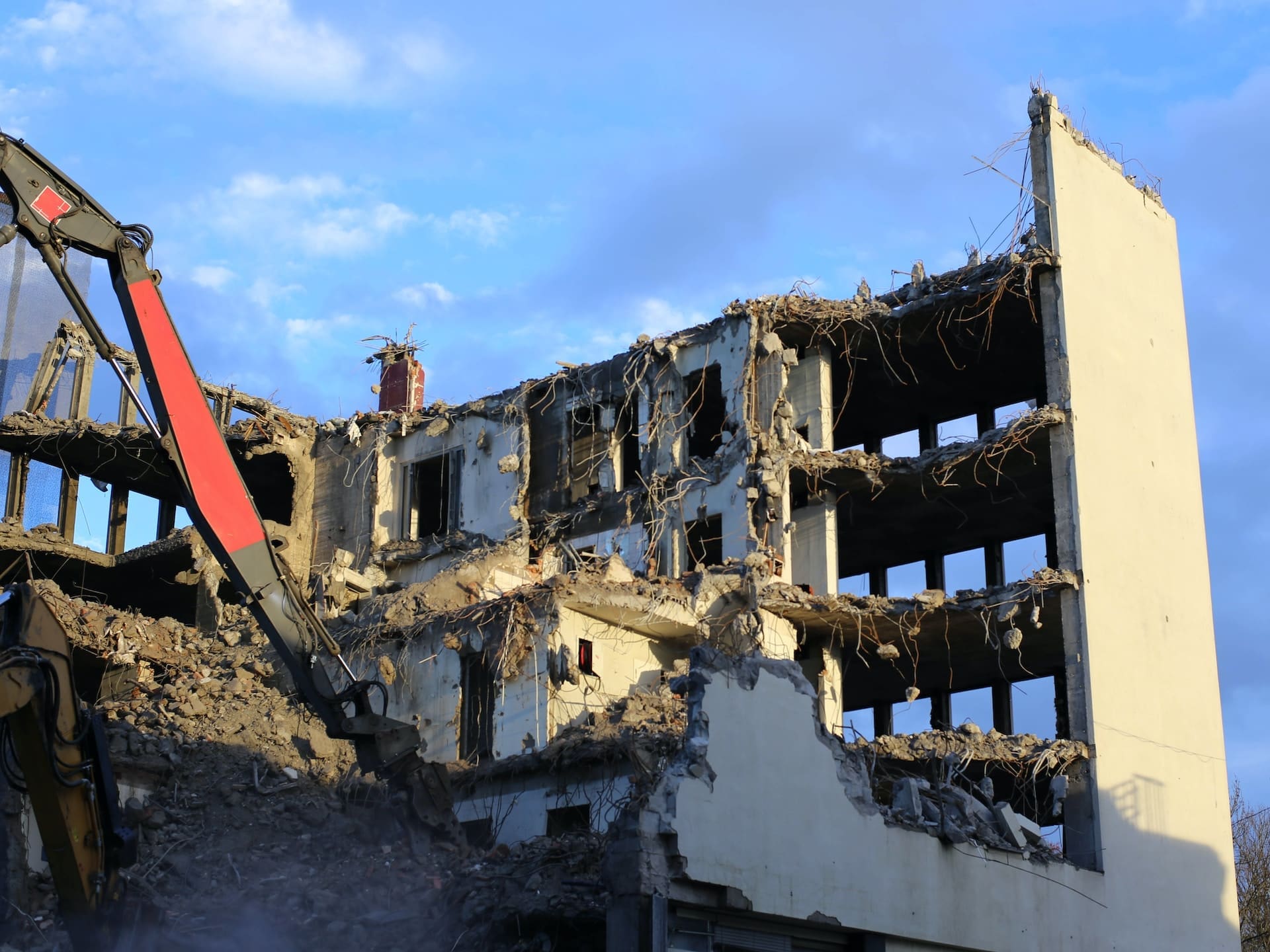At Upper Restoration understand the potential hazards that asbestos can pose. We’ve seen firsthand the damage it can cause and we’re here to help you understand what to look for and what to do if you suspect your home may contain asbestos. Remember, it is crucial to call in professionals to handle asbestos. Here’s a comprehensive guide on what you should look for:
Asbestos: A Detailed Overview
Asbestos is a group of six naturally occurring fibrous minerals. These minerals, known for their long, thin fibrous crystals, are resistant to heat, electricity, and corrosion, which made them popular in construction materials for many years. However, when inhaled or ingested, asbestos fibers can cause serious health problems, including asbestosis, lung cancer, and mesothelioma.
This harmful material was largely used in construction between the 1930s and 1970s. It wasn’t until the late 20th century that the harmful effects of asbestos became widely recognized, leading to its ban in many countries.
Where Can Asbestos Be Found?
While asbestos can be found in various places in a home, it is often found in insulation, particularly in homes built before 1980. Basements and attics are common places to find this type of insulation. It could also be found in other places such as vinyl floor tiles, roofing and siding shingles, textured paint, stove-top pads, walls and floors around wood-burning stoves, hot water and steam pipes coated with asbestos material or covered with an asbestos blanket or tape.
What to Look For
If your home was built before 1980, and you have never had an asbestos inspection, it is crucial to look for telltale signs. These can include:
- Old, deteriorating insulation: Asbestos was often used in insulation materials. If the insulation in your home is old and deteriorating, it could contain asbestos.
- Corrugated sheeting: This was a common place to use asbestos, especially in garages and sheds. If you see corrugated sheeting, particularly if it looks old, it might contain asbestos.
- Textured coatings on ceilings and walls: These can contain asbestos, especially if they were applied before 1980.
- Vinyl floor tiles or linoleum: Older homes often used asbestos in these materials. If they are damaged or worn, they could be releasing asbestos fibers.
Please remember, these are just potential signs. It is impossible to tell if a material contains asbestos just by looking at it. Only a professional can confirm its presence.
What to Do If You Suspect Asbestos
If you find materials in your home that you suspect may contain asbestos, do not attempt to remove or disturb them. Asbestos is most dangerous when it’s disturbed, which can release small fibers into the air. Instead, limit access to the area and avoid touching or disturbing the material.
Contact a professional asbestos removal company immediately. They have the necessary training and equipment to safely handle and remove asbestos. Remember, asbestos is a hazardous substance. Never try to handle it yourself. Your health and safety are far too important.
Remember, it’s always better to be safe than sorry. If you think you might have asbestos in your home, don’t hesitate to reach out to professionals who can help. We at Upper Restoration are always available to provide advice and assistance.
As a new home owner, I couldn’t have asked for a better company. Lou and his team made my hard situation an easy and stress…Read More » a month ago via Google Alisha T We recently had major water damage in our home, affecting the entire kitchen, dining room, and basement. Louis from Upper Restoration showed up quickly, assessed…Read More » 2 months ago via Google Cathy Choi We recently sustained some damage to our roof and our central air system due to a storm. Upper Restoration had to open our ceiling to…Read More » 2 months ago via Google Chimere Luke I had the pleasure of working with Upper Restoration and their incredible team during a recent project for my home after a flood, and I…Read More » 8 months ago via Google Lewis James Lirosi


